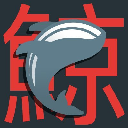-
 Bitcoin
Bitcoin $120400
1.77% -
 Ethereum
Ethereum $3615
7.90% -
 XRP
XRP $3.580
17.84% -
 Tether USDt
Tether USDt $1.001
0.06% -
 BNB
BNB $729.4
1.25% -
 Solana
Solana $179.9
5.04% -
 USDC
USDC $0.0000
0.01% -
 Dogecoin
Dogecoin $0.2311
8.22% -
 TRON
TRON $0.3226
4.04% -
 Cardano
Cardano $0.8490
12.85% -
 Hyperliquid
Hyperliquid $46.45
0.72% -
 Stellar
Stellar $0.4913
8.54% -
 Sui
Sui $4.027
2.00% -
 Chainlink
Chainlink $18.51
11.67% -
 Hedera
Hedera $0.2818
21.51% -
 Avalanche
Avalanche $24.03
7.40% -
 Bitcoin Cash
Bitcoin Cash $508.5
2.90% -
 Shiba Inu
Shiba Inu $0.00001496
3.24% -
 UNUS SED LEO
UNUS SED LEO $8.961
1.83% -
 Toncoin
Toncoin $3.264
3.13% -
 Litecoin
Litecoin $104.6
8.15% -
 Polkadot
Polkadot $4.389
6.11% -
 Uniswap
Uniswap $9.924
10.63% -
 Monero
Monero $337.9
0.49% -
 Pepe
Pepe $0.00001376
2.79% -
 Bitget Token
Bitget Token $4.830
2.46% -
 Ethena USDe
Ethena USDe $1.001
0.05% -
 Dai
Dai $1.000
0.02% -
 Aave
Aave $325.2
1.66% -
 Bittensor
Bittensor $423.7
-0.85%
How to analyze an NFT project's community?
A strong NFT community drives demand, fosters trust through transparency, and ensures long-term viability by promoting engagement and balanced ownership distribution.
Jul 18, 2025 at 09:21 am
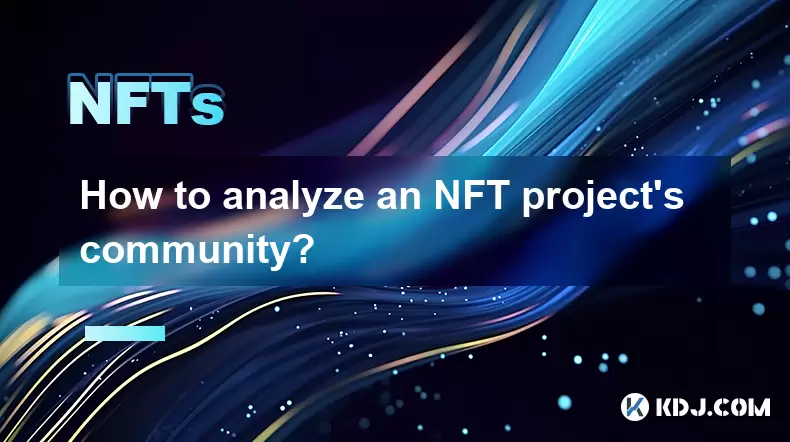
Understanding the Importance of NFT Community Analysis
When evaluating an NFT project, one of the most critical factors to consider is the strength and engagement of its community. Unlike traditional investments, NFTs often derive much of their value from the social dynamics surrounding them. A strong community can drive demand, sustain interest, and even influence price movements. Therefore, understanding how to analyze an NFT project's community becomes essential for any potential investor or participant.
Community health directly impacts the long-term viability of an NFT collection.
Examining Social Media Presence and Engagement
A primary indicator of a healthy NFT community lies in its presence across various social media platforms such as Twitter, Discord, Telegram, and Instagram. It’s not enough to simply count followers — what matters more is the level of interaction.
- Twitter: Look for consistent posting, retweets, replies, and mentions from both team members and holders.
- Discord: Analyze chat activity, voice participation, and moderation quality. Are there dedicated channels for discussions, art, and feedback?
- Telegram: Check if the group is active and whether spam or botting is controlled by admins.
- Instagram: Assess visual appeal and consistency of posts that reflect the brand identity of the NFT project.
High-quality engagement often reflects genuine enthusiasm rather than artificial hype.
Evaluating Team Transparency and Communication
Transparency from the team behind an NFT project plays a significant role in building trust within the community. Projects with anonymous teams are not inherently bad, but they should still maintain open communication channels.
- Do team members actively participate in discussions?
- Are roadmap updates regularly shared and followed through?
- Is there a clear and realistic development plan communicated to the public?
Consistent and honest communication fosters loyalty and reduces uncertainty among community members.
Projects that hide behind vague statements or fail to address concerns may indicate red flags.
Analyzing Holder Distribution and Whale Activity
The distribution of NFTs among wallets can provide insight into the concentration of ownership. If a few large holders (commonly referred to as whales) control a majority of the supply, this could lead to manipulation of floor prices or sudden sell-offs.
- Use tools like OpenSea, DappRadar, or Rarity.tools to check wallet distributions.
- Identify if a small number of wallets hold a disproportionately large percentage of the collection.
- Monitor secondary marketplaces for signs of coordinated selling or wash trading.
A well-distributed holder base usually indicates a healthier, more resilient community.
Be cautious of projects where a single wallet holds over 10–20% of the total supply without clear explanation.
Reviewing On-Chain Metrics and Holder Behavior
On-chain data provides objective insights into user behavior and community sentiment. Tools like Etherscan, CryptoSlam!, or blockchain explorers allow you to dig deeper into transactional patterns.
- Look at recent minting activity and how quickly the project sold out.
- Check for frequent transfers between wallets, which may indicate speculative flipping.
- Observe long-term holding trends — do holders tend to keep their NFTs or flip them quickly?
On-chain behavior often reveals whether the community consists of supporters or short-term traders.
Projects with high retention rates typically have stronger communities built around shared interests or utility.
Frequently Asked Questions
Q: Can a new NFT project have a strong community right after launch?
Yes, it’s possible, especially if the creators already have an established audience or if the project taps into a trending theme or niche. However, early-stage communities need time to mature and prove their sustainability.
Q: How do I differentiate between organic growth and paid promotion in a community?
Paid promotions often result in temporary spikes in follower counts or engagement metrics. Organic growth tends to be steady and shows up in meaningful interactions, content creation, and peer-to-peer sharing within the community.
Q: Should I avoid NFT projects with anonymous teams?
Not necessarily. Some successful NFT projects are led by pseudonymous figures. The key is whether the team remains transparent in actions, delivers on promises, and maintains open communication with the community.
Q: What role does Discord moderation play in community health?
Effective moderation ensures a safe, welcoming environment for participants. Poorly moderated servers can become overrun with spam, scams, or toxicity, which drives away genuine users and harms community cohesion.
Disclaimer:info@kdj.com
The information provided is not trading advice. kdj.com does not assume any responsibility for any investments made based on the information provided in this article. Cryptocurrencies are highly volatile and it is highly recommended that you invest with caution after thorough research!
If you believe that the content used on this website infringes your copyright, please contact us immediately (info@kdj.com) and we will delete it promptly.
- Bitcoin, Cloud Mining, Crypto Wealth: Riding the Bull Run in Style
- 2025-07-18 12:30:12
- Ethereum Gas Fees, ERA Airdrop: A New Yorker's Take on Crypto Chaos
- 2025-07-18 12:50:12
- Bitcoin, Altcoins, and the Crypto Market: Navigating Trump's Crypto Ventures and the Evolving Digital Landscape
- 2025-07-18 12:50:12
- Bitcoin Holdings and the Smarter Web: A Match Made in Digital Heaven?
- 2025-07-18 12:10:12
- Bitcoin, MSTR & Saylor's Strategy: A Winning Trifecta?
- 2025-07-18 08:30:13
- Bitcoin Mortgages Down Under: A New Wave in Australian Homeownership?
- 2025-07-18 08:50:12
Related knowledge
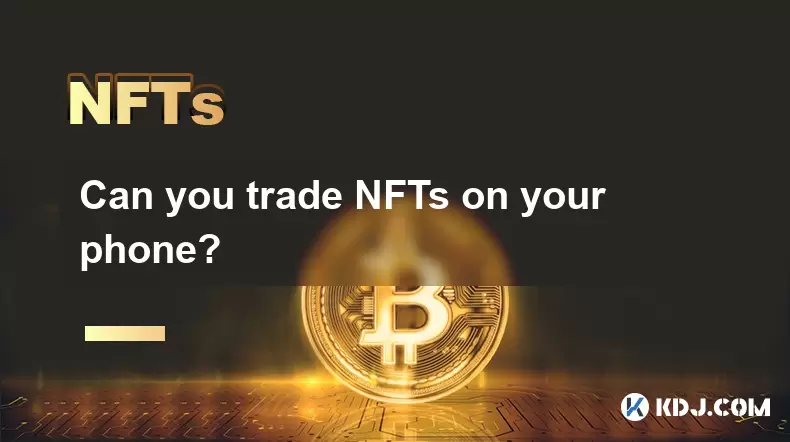
Can you trade NFTs on your phone?
Jul 18,2025 at 04:29am
Trading NFTs on Mobile DevicesYes, you can trade NFTs on your phone, and the process has become increasingly streamlined thanks to a variety of mobile...
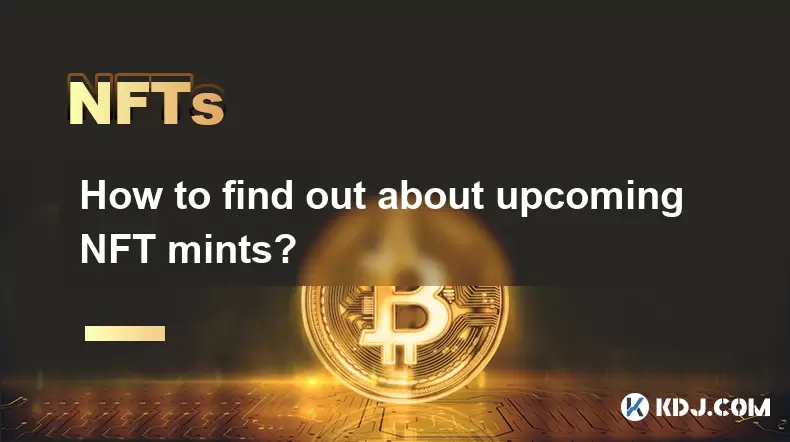
How to find out about upcoming NFT mints?
Jul 18,2025 at 11:50am
Exploring NFT Minting OpportunitiesUnderstanding the landscape of upcoming NFT mints is crucial for collectors, investors, and creators who wish to st...
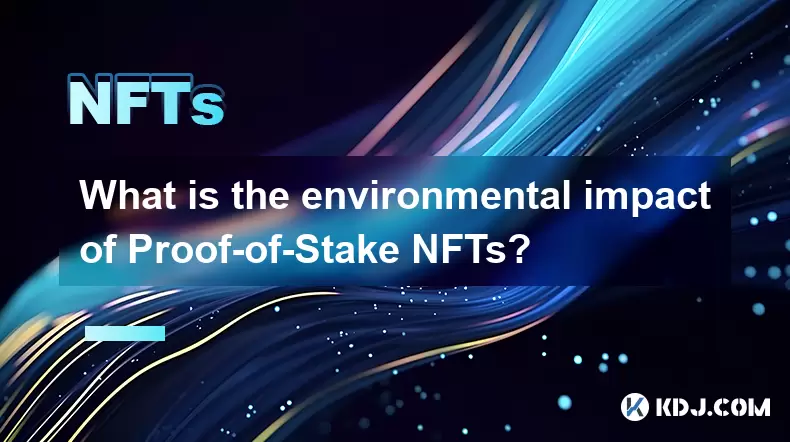
What is the environmental impact of Proof-of-Stake NFTs?
Jul 17,2025 at 07:14pm
Understanding the Basics of Proof-of-Stake NFTsProof-of-Stake (PoS) is a consensus mechanism used by blockchain networks to validate transactions and ...
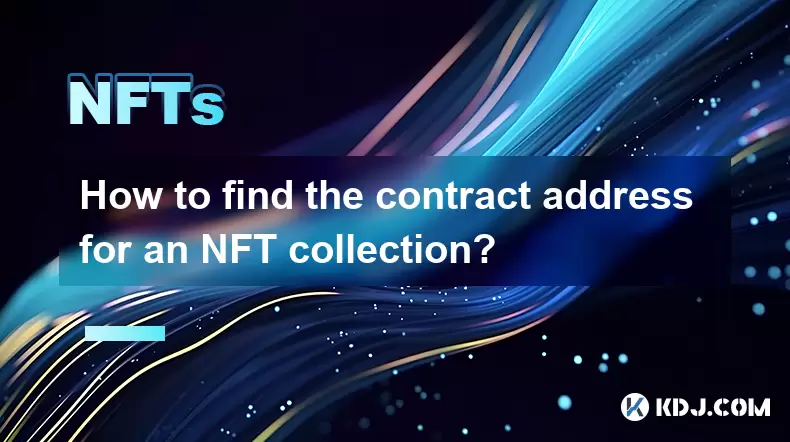
How to find the contract address for an NFT collection?
Jul 18,2025 at 11:56am
Understanding What a Contract Address IsIn the world of non-fungible tokens (NFTs), a contract address is a unique identifier assigned to a smart cont...
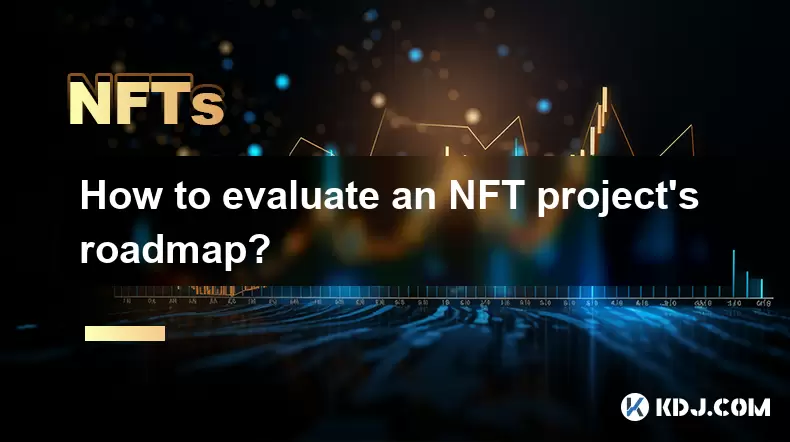
How to evaluate an NFT project's roadmap?
Jul 18,2025 at 01:21am
Understanding the Basics of an NFT Project RoadmapAn NFT project's roadmap is a strategic document that outlines the short-term and long-term goals of...
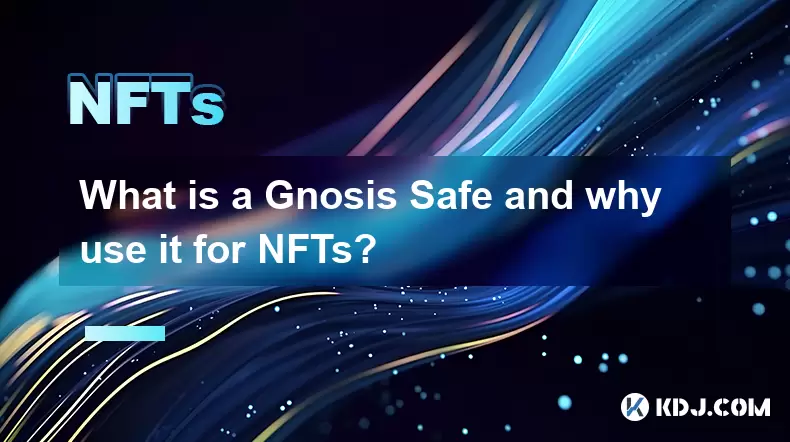
What is a Gnosis Safe and why use it for NFTs?
Jul 18,2025 at 05:57am
Understanding the Gnosis SafeA Gnosis Safe is a multi-signature wallet developed by the Gnosis team, which allows users to manage digital assets with ...

Can you trade NFTs on your phone?
Jul 18,2025 at 04:29am
Trading NFTs on Mobile DevicesYes, you can trade NFTs on your phone, and the process has become increasingly streamlined thanks to a variety of mobile...

How to find out about upcoming NFT mints?
Jul 18,2025 at 11:50am
Exploring NFT Minting OpportunitiesUnderstanding the landscape of upcoming NFT mints is crucial for collectors, investors, and creators who wish to st...

What is the environmental impact of Proof-of-Stake NFTs?
Jul 17,2025 at 07:14pm
Understanding the Basics of Proof-of-Stake NFTsProof-of-Stake (PoS) is a consensus mechanism used by blockchain networks to validate transactions and ...

How to find the contract address for an NFT collection?
Jul 18,2025 at 11:56am
Understanding What a Contract Address IsIn the world of non-fungible tokens (NFTs), a contract address is a unique identifier assigned to a smart cont...

How to evaluate an NFT project's roadmap?
Jul 18,2025 at 01:21am
Understanding the Basics of an NFT Project RoadmapAn NFT project's roadmap is a strategic document that outlines the short-term and long-term goals of...

What is a Gnosis Safe and why use it for NFTs?
Jul 18,2025 at 05:57am
Understanding the Gnosis SafeA Gnosis Safe is a multi-signature wallet developed by the Gnosis team, which allows users to manage digital assets with ...
See all articles


















































































